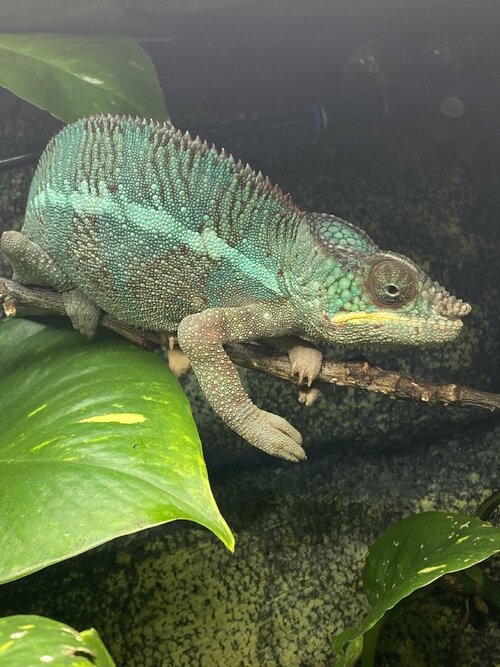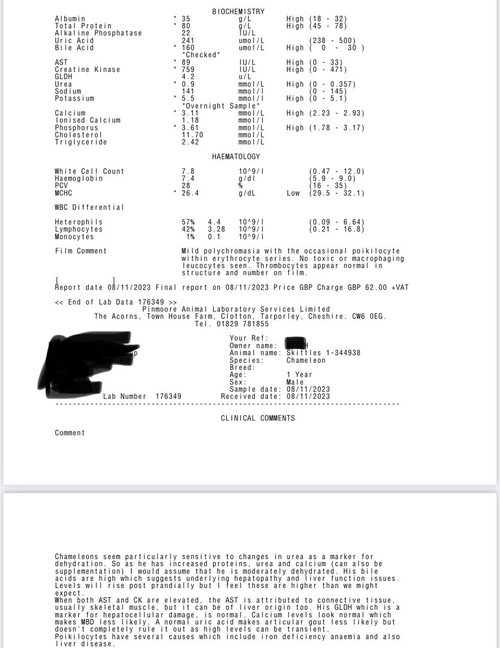I’ve seen a couple other posts about funny legs, but they are all individual cases so hope it’s ok to post a separate one.
Hello, my Cham is not using his front right foot for the last 2 week or so. 3 other legs have a very strong grip and active. But front one is avoided unless he as too. When I touch it he pulls away.
He fell off my shoulder (onto soft carpet) 3 weeks ago. He likes to climb out of his cage and up arm to shoulder, but slipped off. So I thought maybe he might have injured it, immediately after he was fine though and using it, but now, looking at the elbow it seems a bit swollen. And also been reading about gout, So now I’m worried it’s actually gout. I don’t think it’s bone disease.
i think he was quite thirsty for some reason, as when I sprayed his cage a couple days about he started drinking from the sprayer , which doesn’t happen usually. He should be getting enough water though (see photo of recordings)
I would really love to not take him to the vet as it costs a fortune here in Uk! But I guess I should?
Chameleon Info:
Your Chameleon -
Male Panther Chameleon
Unsure of exact age but I think born around Nov 2022
Handling - comes out of cage at least once every two days to hang around on houseplants.
Feeding - Gutloaded locusts, dubia roaches (not many, he doesn’t like them, morio worms and silkworms (very occasionally).
Fav is Morio- only realised that he shouldn’t have so many recently.
He has a healthy appetite. Possibly too healthy. But I don’t think he’s overweight.
He’ll eat around 3 insects per day. Sometimes 4.
Gutload: mostly Bug Burger with some spinach, rocket, carrots apples, broccoli. I don’t blend the hard veg. Been reading that I should.
Supplements -
Arcadia EarthPro-A - for a while - every feed, but then got worried I was giving him too much so stopped for about a month recently - could this be an issue? Started up again now.
Watering - misting 4 times in 24 hours morning/ mid day and evening. Fogging at night between 1am and 4am at 20 min bursts.
Fecal Description - white , pretty wet (I’ll attach photo.) usually holds together neatly, but a bit mushy recently.
History -
Had him for about six months he’s been very consistent, so that why a bit worried.
Usually very calm personality, and active but last few days not moving around much. And growling at me if I get too close.
Cage Info:
Cage Type - Glass. Dimensions are about
90x60x45cm
Lighting - Arcadia T5 12% and Jungle Dawn. Plus heat lamp.
Both light stay on from 7.30am - 7.30pm Heat lamp is set to switch off if her basking spot gets over 31C
Temperature -
Basking is a max of 27C
Most of the rest of the cage sits at about 21C. At night temps get as low as 14C but usually are more around 18C.
I use a wifi monitor system to record temp and humidity. See photos
Humidity - It usually sits at around 60-90%, fluctuating a little during the day.
Plants - all well established house plants. Nothing toxic.
Placement -
See photos.
Hello, my Cham is not using his front right foot for the last 2 week or so. 3 other legs have a very strong grip and active. But front one is avoided unless he as too. When I touch it he pulls away.
He fell off my shoulder (onto soft carpet) 3 weeks ago. He likes to climb out of his cage and up arm to shoulder, but slipped off. So I thought maybe he might have injured it, immediately after he was fine though and using it, but now, looking at the elbow it seems a bit swollen. And also been reading about gout, So now I’m worried it’s actually gout. I don’t think it’s bone disease.
i think he was quite thirsty for some reason, as when I sprayed his cage a couple days about he started drinking from the sprayer , which doesn’t happen usually. He should be getting enough water though (see photo of recordings)
I would really love to not take him to the vet as it costs a fortune here in Uk! But I guess I should?
Chameleon Info:
Your Chameleon -
Male Panther Chameleon
Unsure of exact age but I think born around Nov 2022
Handling - comes out of cage at least once every two days to hang around on houseplants.
Feeding - Gutloaded locusts, dubia roaches (not many, he doesn’t like them, morio worms and silkworms (very occasionally).
Fav is Morio- only realised that he shouldn’t have so many recently.
He has a healthy appetite. Possibly too healthy. But I don’t think he’s overweight.
He’ll eat around 3 insects per day. Sometimes 4.
Gutload: mostly Bug Burger with some spinach, rocket, carrots apples, broccoli. I don’t blend the hard veg. Been reading that I should.
Supplements -
Arcadia EarthPro-A - for a while - every feed, but then got worried I was giving him too much so stopped for about a month recently - could this be an issue? Started up again now.
Watering - misting 4 times in 24 hours morning/ mid day and evening. Fogging at night between 1am and 4am at 20 min bursts.
Fecal Description - white , pretty wet (I’ll attach photo.) usually holds together neatly, but a bit mushy recently.
History -
Had him for about six months he’s been very consistent, so that why a bit worried.
Usually very calm personality, and active but last few days not moving around much. And growling at me if I get too close.
Cage Info:
Cage Type - Glass. Dimensions are about
90x60x45cm
Lighting - Arcadia T5 12% and Jungle Dawn. Plus heat lamp.
Both light stay on from 7.30am - 7.30pm Heat lamp is set to switch off if her basking spot gets over 31C
Temperature -
Basking is a max of 27C
Most of the rest of the cage sits at about 21C. At night temps get as low as 14C but usually are more around 18C.
I use a wifi monitor system to record temp and humidity. See photos
Humidity - It usually sits at around 60-90%, fluctuating a little during the day.
Plants - all well established house plants. Nothing toxic.
Placement -
See photos.
Attachments
-
 IMG_3595.jpeg157.2 KB · Views: 129
IMG_3595.jpeg157.2 KB · Views: 129 -
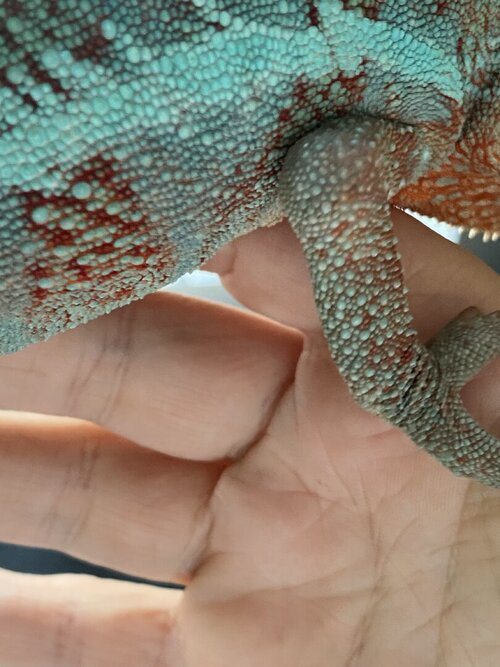 IMG_3594.jpeg148.3 KB · Views: 127
IMG_3594.jpeg148.3 KB · Views: 127 -
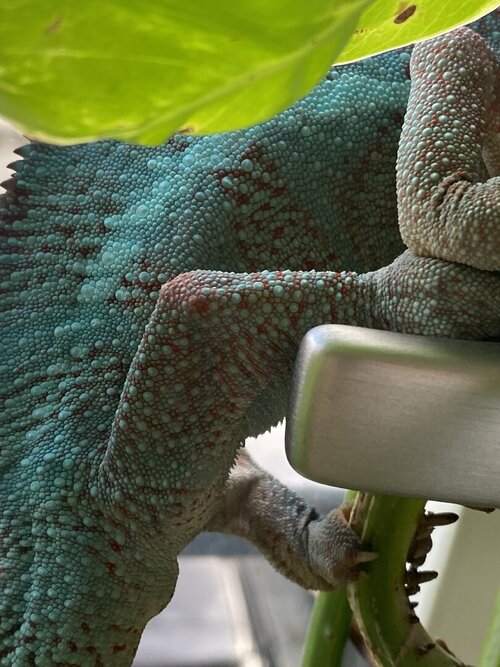 IMG_3593.jpeg184.4 KB · Views: 110
IMG_3593.jpeg184.4 KB · Views: 110 -
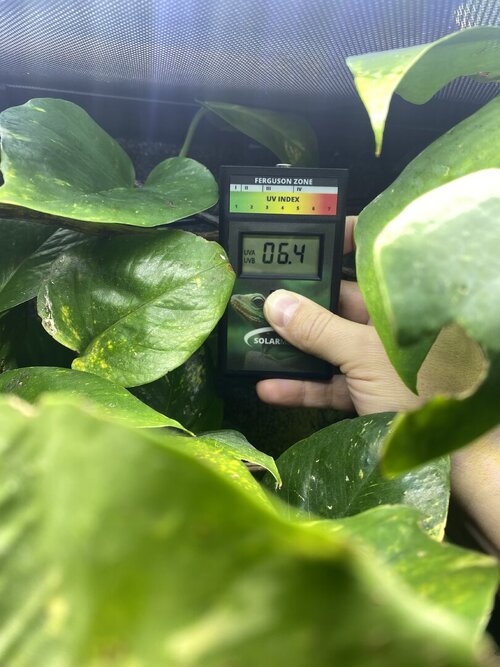 IMG_3601.jpeg141.8 KB · Views: 115
IMG_3601.jpeg141.8 KB · Views: 115 -
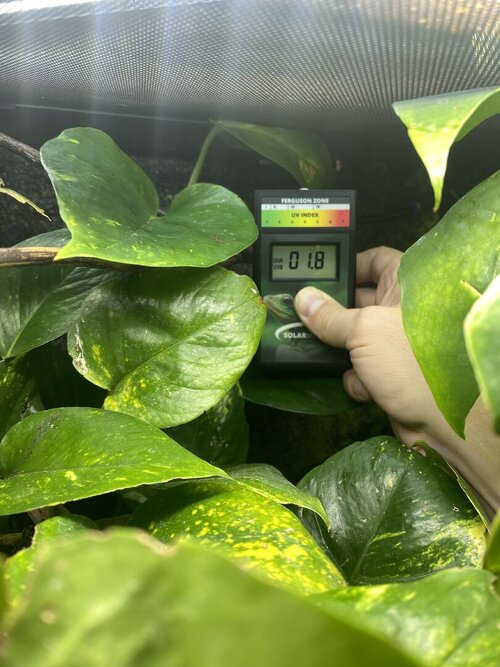 IMG_3602.jpeg161.9 KB · Views: 118
IMG_3602.jpeg161.9 KB · Views: 118 -
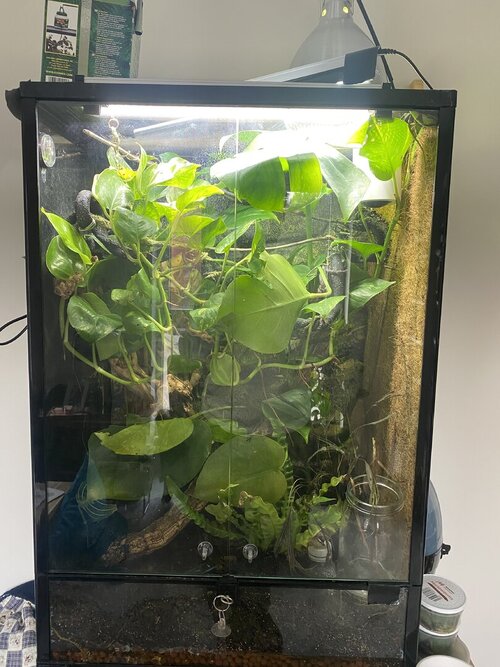 IMG_3598.jpeg186 KB · Views: 117
IMG_3598.jpeg186 KB · Views: 117 -
 IMG_3587.jpeg196.1 KB · Views: 125
IMG_3587.jpeg196.1 KB · Views: 125 -
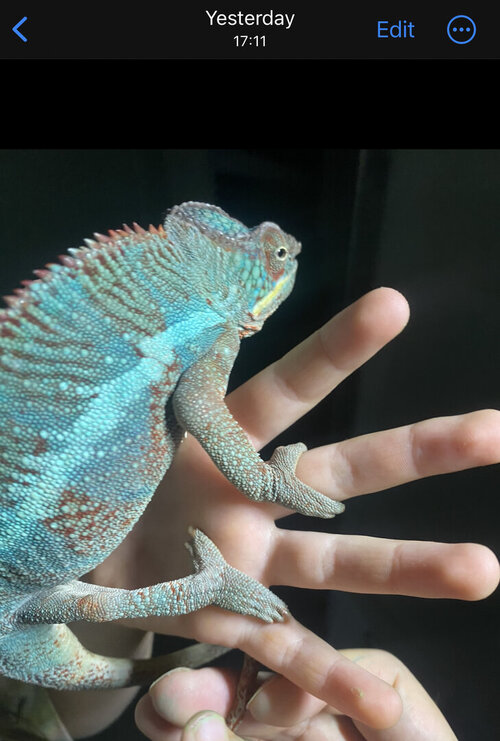 IMG_3582.jpeg140.4 KB · Views: 112
IMG_3582.jpeg140.4 KB · Views: 112 -
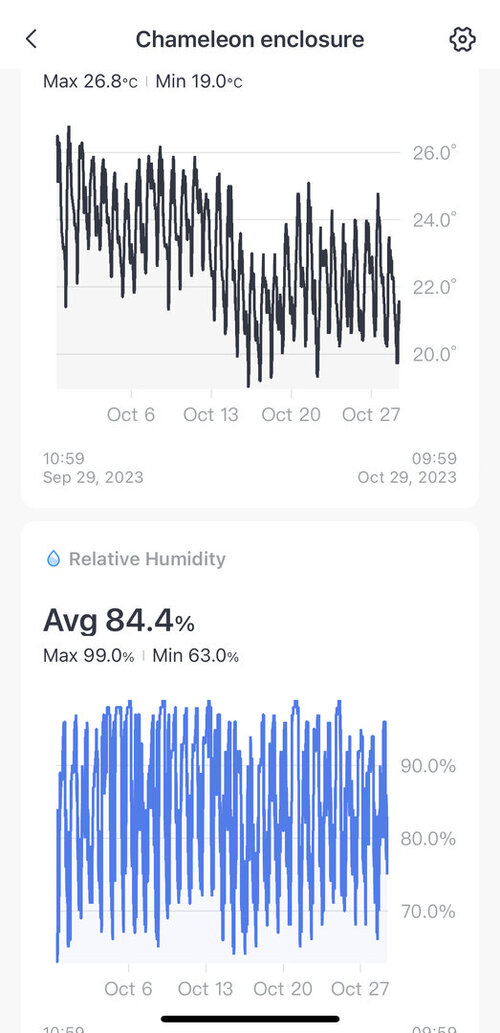 IMG_3620.jpeg92.4 KB · Views: 124
IMG_3620.jpeg92.4 KB · Views: 124 -
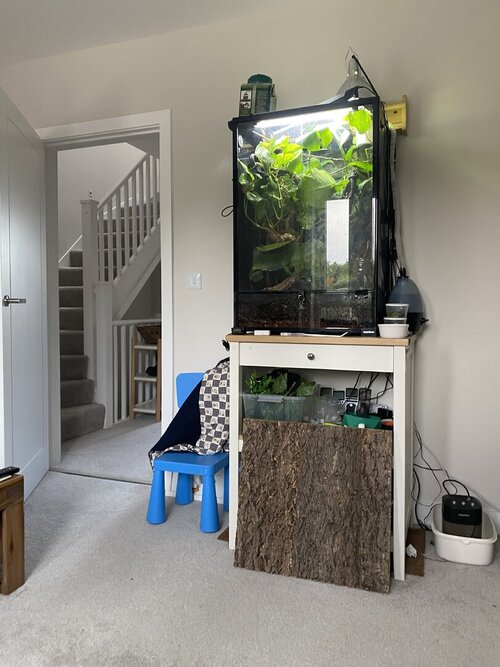 IMG_3621.jpeg145.6 KB · Views: 118
IMG_3621.jpeg145.6 KB · Views: 118
Last edited:





